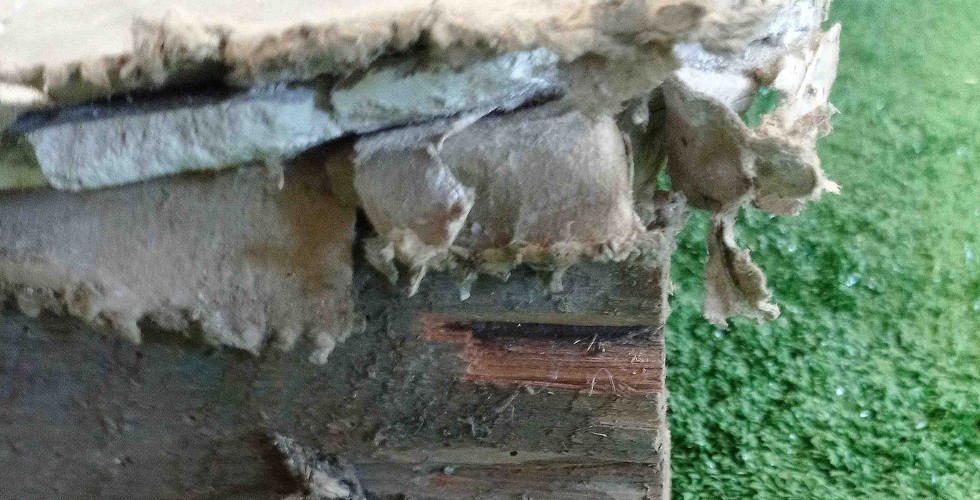WW2 Polish R.A.F. Tribute
- Graham Key
- Sep 20, 2022
- 2 min read
Unique History
The second world war years (1939-1945) saw some important history take place at the old civilian runway near Firbeck Hall in South Yorkshire. Most notably its conversion to RAF Firbeck. Most notably the airfields were used as a Flying Training School for Polish pilots, 4 squadron and 2 squadron.
The airfield would have seen Tiger Moth, Lysander and Auster I & III aircraft and with the invasion of mainland Europe in 1943, 645 Squadron and 659 Squadron moved out to follow the advancing Allied forces, acting as air observation for artillery units.
(Scroll through image slideshow below)
The mural (now forming part of the collection at the South Yorkshire Aircraft Museum) was originally a stud wall in the officer’s mess. The artist is unknown, but the traditional Polish dress used in the mural indicate it was probably painted by a serving home sick Polish airman. Luckily the mural was thought to be worth saving when buildings were later dismantled some decades ago and items donated to the SYAM.
(Scroll through image slideshow below)
Why save it ?
Museum items are often ‘valuable’, not from a monetary point of view, but for how unique they are, what they represent and what they can tell us about the past. How important is this to the people who created it and what did it represent to them ? What does it tell us about this particular snapshot of history ? Where can you find another example ? Curatorial staff at the museum wanted to highlight Poland’s WW2 contributions, including staff assigned to RAF duties in the UK as well as Polish underground surveillance work on ‘Enigma’ machine operations and supplying the British with valuable information on Germany’s ‘Vengeance’ weapons programme.
Let’s Preserve It !
As the mural was in relatively poor condition it was decided to conserve and support what was already there using a similar timber frame structure and plasterboard in-fills where necessary. This would show the panel as it would have been originally, but still leaving enough evidence of new and old. Processes involved included:
· Dry cleaning of all existing parts with conservation brush and vacuum cleaner.
· Treatment of all existing timbers using liquid pesticide.
· Re-construction of existing timber structure with similar materials, dyed to match original. Made in two halves for ease of construction/display.
· Re-fixing of existing plaster panel sections to new structure and replacement of missing plaster sections.
· Filling and skimming of lost plaster areas with new Gypsum plaster. Other smaller areas filled with acrylic filler.
· New plaster areas sanded and painted.
· Front of mural sections coated with acrylic varnish to consolidate loose pigments on surface.
(Scroll through image slideshow below)
Saved For The future !
South Yorkshire Aircraft Museum and I are so glad that this object has been saved for the future. Though in poor condition, this object was not considered as being beyond repair. Its importance and uniqueness should not be undervalued and hopefully now, this should prove to be a great talking point, raising awareness of Poland's contribution to the RAF and other forces as a whole during WW2.
(Scroll through image slideshow below)














































Comments